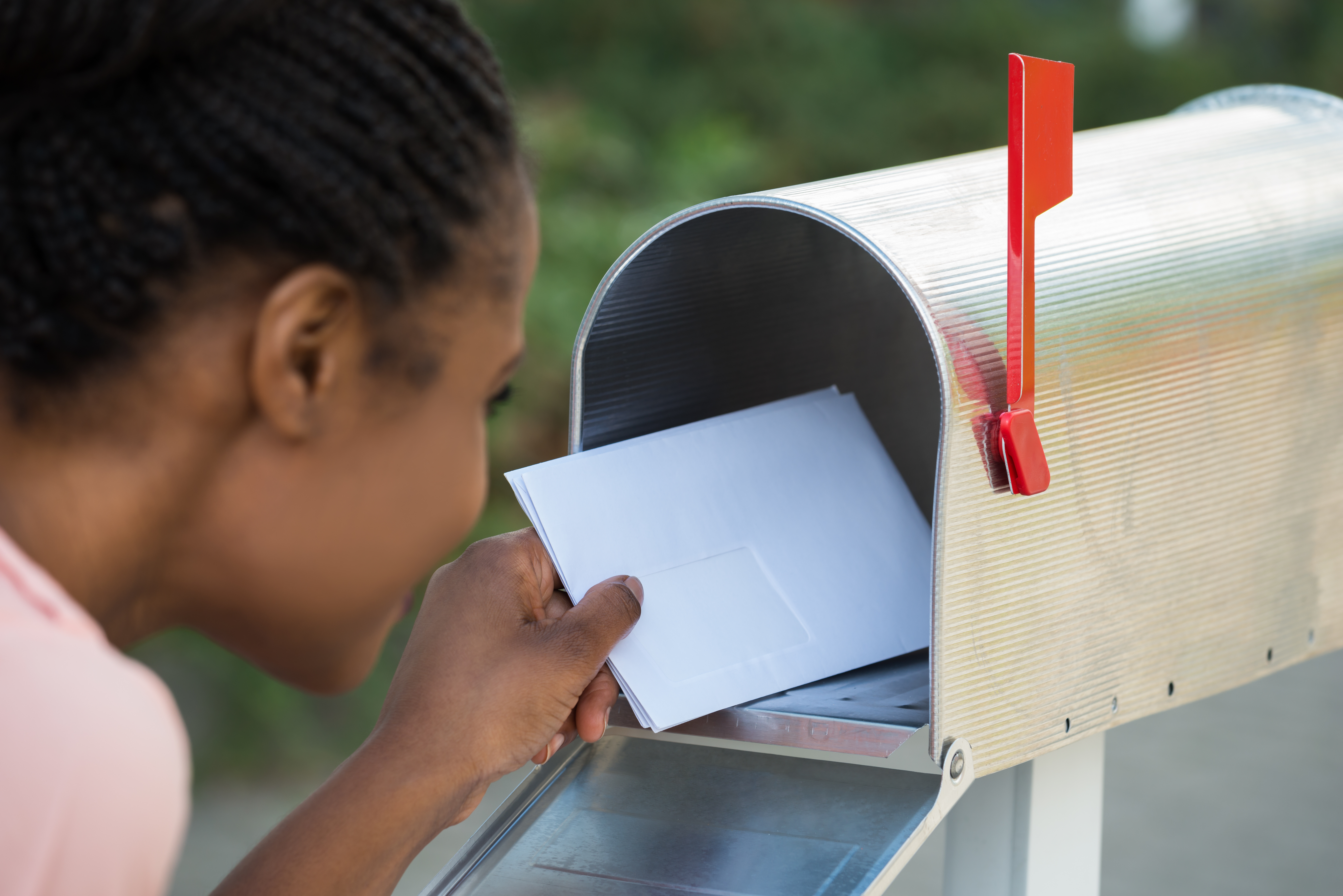Project Planning: How to Run a Successful Direct Mail Campaign, Part II
When you’re working on a direct mail campaign, once you're happy with the printer’s proof you can step back and wash your hands of the project, right? Afraid not. It’s important that everyone who is involved in a project takes responsibility for their part and sees it all the way through to the end.
So, what happens after you’ve already told your printer that you’re happy with their proof of the job? Quite a bit actually. Below we outline the project planning steps you should take after you get to this point in a direct mail campaign.
First of all, when we last left you in Project Planning: How to Run a Successful Direct Mail Campaign, Part I, we were discussing the process of approving the printer’s proof. If you’ve been diligent with your project planning from the start, you should have worked the proof internally until all participants were completely happy with it. This will mean that you shouldn’t have to flip any edits back to the printer. If you need corrections to be made to the proof, just realize that it will add costs and could create delays. Also, this is your last chance to make changes so let the printer know about them as soon as possible. The general expectation for proof approval process is 24 hours or less, with some exceptions. After that…
- Decide what will be done with any leftover printed pieces (mail overmatter).- Obtain final scheduling dates for each of these last stages…
- Mail list submission: Reminder, this is ideally supplied with art files.
- Postage invoice: Once the printer has your mail list, they create a postage invoice after the list runs through processing software.
- Postage money to printer: This seems self-explanatory, but people often forget the importance of cutting this check in a timely manner. Simply put, your mail won’t go out unless the printer has postage money to give to USPS.
- Print production completion: Can you believe it? That concept that used to just float around in your head is about to be an actual piece of print!
- Mail processing: Three to four workdays pending scope of work.
- Drop at post office: Your mail classification (first class vs. standard) is what drives when the recipient will receive your piece.
- Track and measure results.
- Have a follow up discussion about how the project went. Most companies prefer to have a solid relationship with a printer that they can continually do business with. If you think you’ve found the right fit, always review completed projects with them so you can see where you might be able to improve in the future. This conversation should include discussing your project plan to see if there are any steps that need to be added for next time and to ensure that everyone followed through.
- Start the project planning process over for any follow-up mailers. In Part I, we advised having the conversation about whether your campaign would require any follow-up mailings. If the answer was yes, get started right away. Don’t leave too much time in between mailings if they’re part of the same campaign or else you’ll risk confusing the recipients or losing their interest. Plus, we’ve all just learned how long properly managing a project takes so no dilly-dallying. Time to move on to the next mailer!
As you can see, running a successful direct mail campaign requires having all hands on deck for the whole duration. Project planning helps you manage that, hold all parties accountable, and just generally stay organized. Not to mention, all of this ensures that you’ll be happy with the results and you’ll get the most bang for your buck every time! What could be better than that?






Leave a Reply